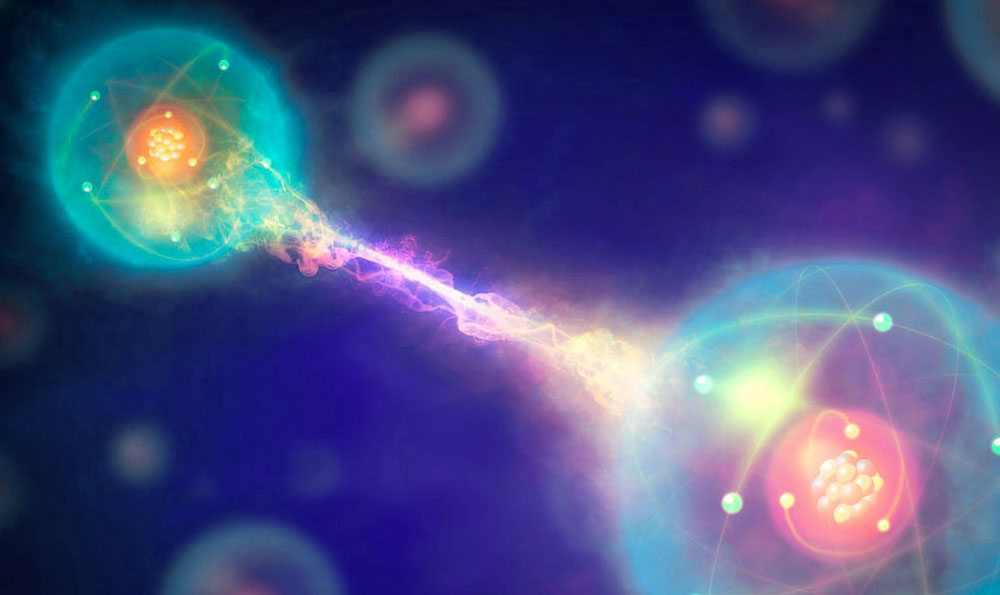
As part of the global effort to develop practical quantum networks and quantum computers, an international team of scientists has made significant progress in preserving the quantum coherence of quantum dot spin qubits.These technologies are expected to transform a broad spectrum of industries and research endeavors.
They will affect everything from secure information exchange to the discovery of new materials and chemicals with unique properties, as well as the precise measurement of fundamental physical phenomena that require synchronized sensors.
The conversion of stationary quantum information, such as the quantum state of an ion or a solid-state spin qubit, into light, namely photons, that can be distributed over large distances, is made possible by spin-photon interfaces, which are fundamental components of quantum networks.
Finding an interface that is efficient at storing quantum information and converting it into light energy is a major challenge. The most efficient spin-photon interface known to date is made up of active semiconductor quantum dots, but physicists have been puzzled by their ability to store them longer no longer than a few microseconds, despite a decade of research.
Researchers from the University of Cambridge, the University of Linz, and the University of Sheffield have demonstrated that a simple material can improve the storage of quantum information beyond microseconds.
The crystalline structure of Quantum Dots is comprised of thousands of atoms. The magnetic dipole moment of each atom’s nuclei can be coupled with the quantum dot electron, leading to the loss of quantum information stored in the electron qubit.
In a device constructed with semiconductor materials that had the same lattice parameter, the nuclei behaved in sync and experienced the same environment, according to the research team’s findings published in Nature Nanotechnology. This has led to the possibility of filtering out nuclear noise and achieving a near two-order magnitude improvement in storage time.
Claire Le Gall, who led the project at Cambridge’s Cavendish Laboratory, stated that the electron’s quantum state can be maintained by switching off the interaction with nuclei and refocusing the electron spin over and over again, creating a completely new regime for optically active quantum dots.
While examining the hundred-microsecond timescales for the first time, the researchers were surprised to find that the electron only perceives noise from the nuclei, as opposed to electrical noise in the device.
The nuclear ensemble is an isolated quantum system, making this a fantastic position, as the coherent electron will serve as a gateway to quantum phenomena in large nuclear spin ensembles.
Reference: “Ideal refocusing of an optically active spin qubit under strong hyperfine interactions” by Leon Zaporski, Noah Shofer, Jonathan H. Bodey, Santanu Manna, George Gillard, Martin Hayhurst Appel, Christian Schimpf, Saimon Filipe Covre da Silva, John Jarman, Geoffroy Delamare, Gunhee Park, Urs Haeusler, Evgeny A. Chekhovich, Armando Rastelli, Dorian A. Gangloff, Mete Atatüre and Claire Le Gall, 26 January 2023, Nature Nanotechnology.